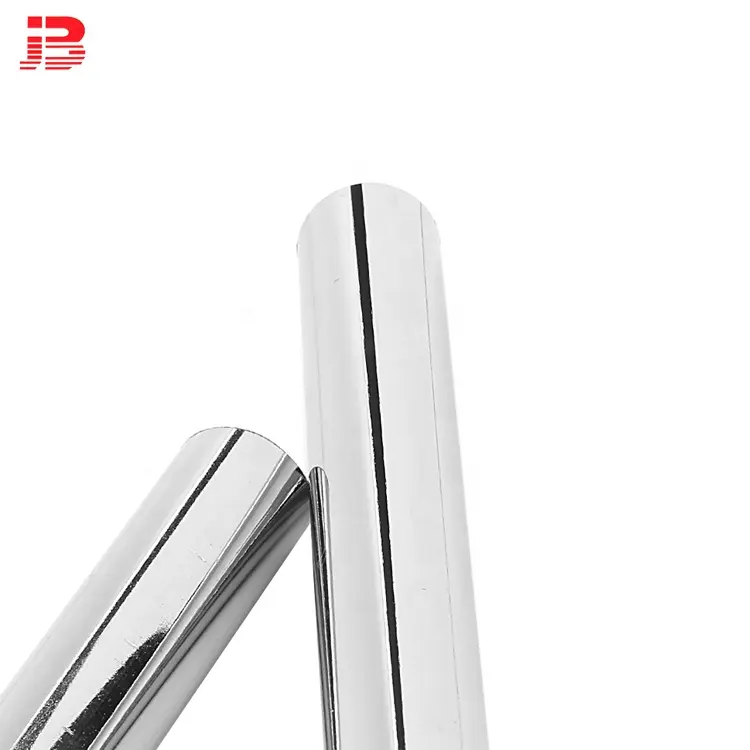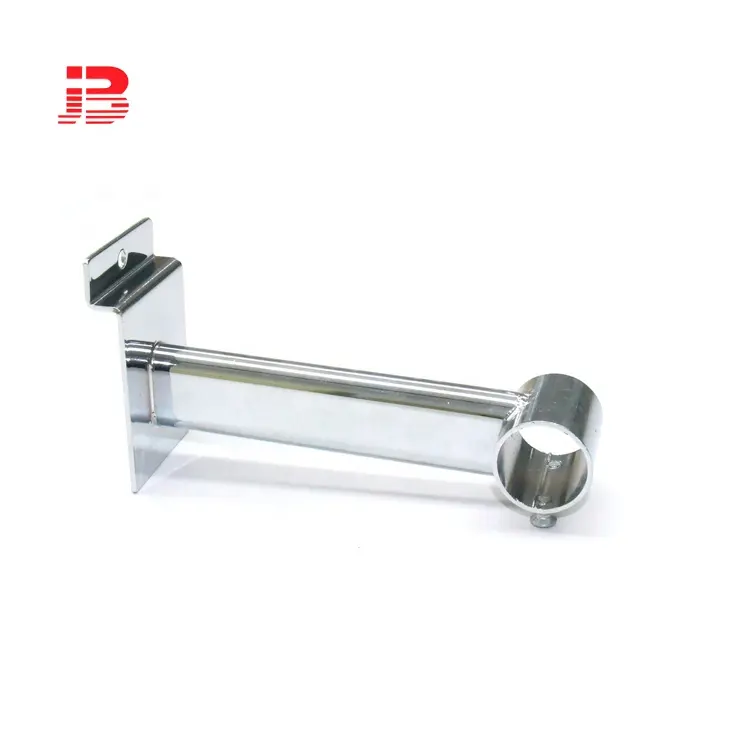धातु के एस हुक
"वे ज्यादातर हार्डवेयर उच्च गुणवत्ता वाले धातु से बने होते थे, जो स्टील में होता था। इन्हें 'S' आकार में बनाया गया था, इसलिए ये सामान लटकाने या डिकिंसन के रॉड से उन्हें निलंबित करने के लिए उपकरण होते हैं, सामग्री के मामले में। ये हुक उच्च गुणवत्ता वाले धातु के होते हैं, उच्च-कार्बन स्टील और एल्यूमीनियम, जंग-प्रतिरोधी और आयरन की उच्च मात्रा के साथ। इन्हें हर जगह इस्तेमाल किया जा सकता है: गैरेज में उपकरणों को व्यवस्थित करने के लिए; बगीचे में पौधों को लटकाने के लिए; यहां तक कि शेक्सपियरियन लंदन के माध्यम से घर की ओर उबाऊ खरीदारी के दौरान (जैसे कि कार्गो किसी की यात्रा में एक स्वाद का स्पर्श जोड़ता है)। एक wink के साथ वे आपके आकार के कपड़े लटका सकते हैं, आपकी अलमारी के लिए कैडी, एक वैनिटी इस प्रकार_इस मृत पेड़ के साथ और एक आर्मचेयर पर आराम। और हालांकि यह वास्तव में कार्यात्मक है फिर भी यह बेहद सरल है। कहीं भी उपयोग किया जा सकता है।"
 ×
×




